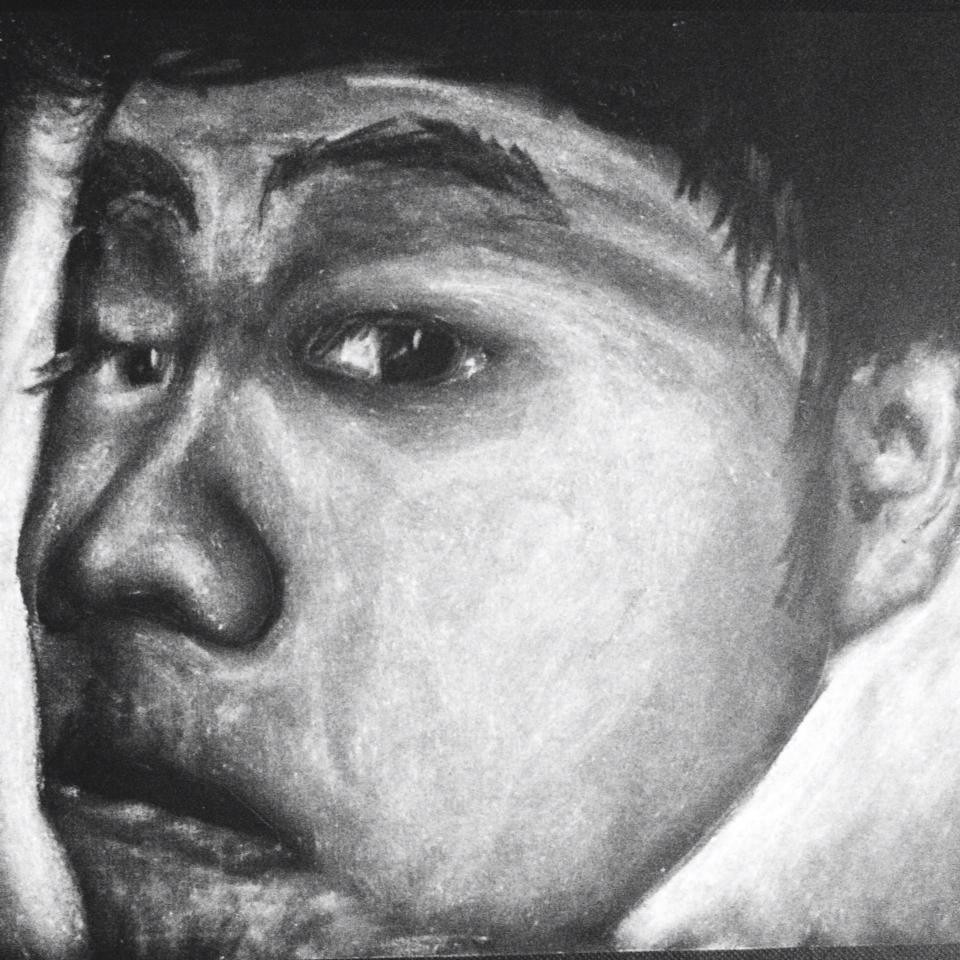In Losing Site, Dr. Hornstein investigates how architecture shapes our experiences of place and both captures and conjures memory. She explores how architecture exists as a material object and how it registers as a place that we come to remember beyond the physical site itself. Connecting architecture with geography, visual culture and urban studies, she looks at the infinite variations of how architecture maps our physical, mental or emotional space.
Dr. Hornstein notes that a hedge separating a garden from a road traces a line that not only divides a space into two places, but creates two new places that did not exist before. “We build, demolish and shape space into architectural places that are meaningful to us,” she says. “When those places disappear, how do we remember them?”
Especially,I was impressed when reached Losing Site Chapter 2: Architecture, Memory and Place . It curates a broad range of sites and places, showing the connections between architecture and memory. Hornstein’s volume presents the possibility that we ‘hold’ architecture within our memory, whether we have visited the site or not and, indeed, whether or not the site continues to stand. Hornstein takes up this point by arguing that, rather than investing places with our memories, the physical structures and places themselves generate memory.
This belief triggers me into making my short documentary, naming it “the residue” and exploring how the architecture of Storey Hall collides it with its past.
